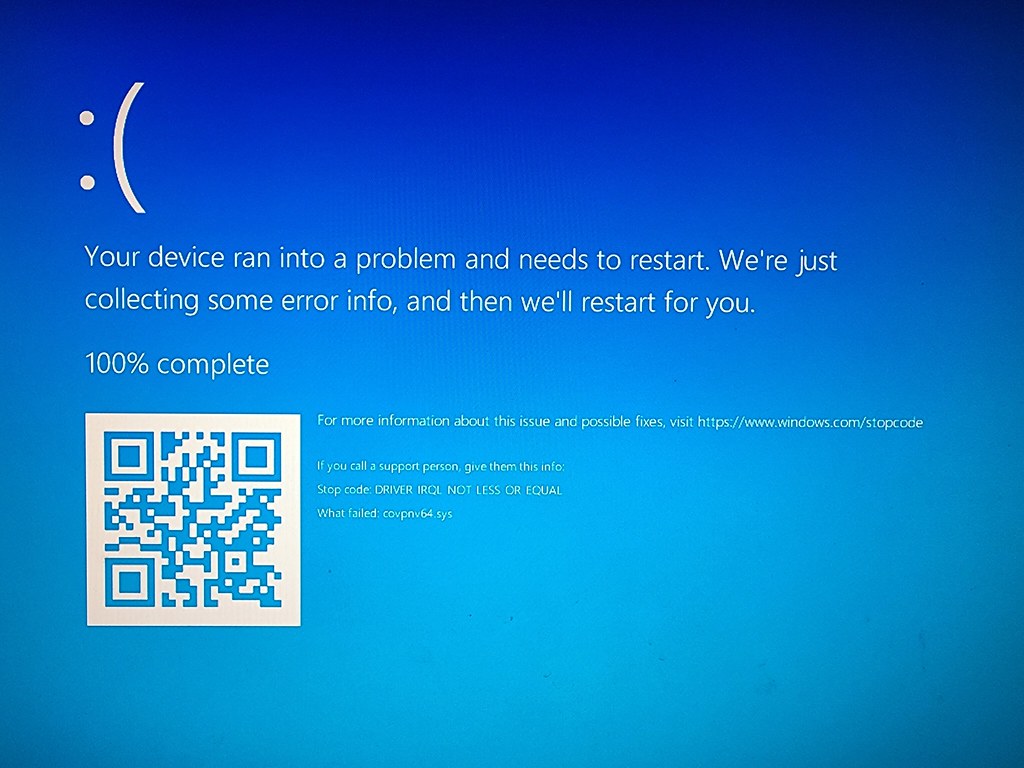Apollo Crypto, an investment management firm specializing in digital assets, recently released a comprehensive report that highlights the potential for a second wave of growth in the decentralized finance (DeFi) sector. This comes on the heels of a market slowdown that followed the peak of what was dubbed “DeFi Summer” in 2020. Notable protocols such as Maker, Uniswap, and Aave have emerged as industry staples, laying the groundwork for renewed interest in the DeFi space.
Current State of DeFi
According to the Apollo Crypto report, the total value locked (TVL) in DeFi currently stands at approximately US$105 billion. This figure has led many analysts and industry enthusiasts to speculate about a resurgence in DeFi and a potential return to the strong fundamentals that the sector offers.
The report underscores the importance of understanding the macroeconomic factors at play. With recent shifts in monetary policy and economic activity, the environment appears to be ripe for growth.
The report identifies several macroeconomic factors that are pivotal in driving the growth of DeFi. Key highlights include:
- U.S. Federal Reserve’s Interest Rate Cut: The Fed’s recent decision to lower interest rates has made risk-on assets, such as cryptocurrencies, more attractive. This has implications for the overall growth of DeFi, especially for assets like Bitcoin and Ether, which are already prominent players in the market.
- China’s Credit Expansion: The People’s Bank of China (PBOC) has also made headlines by reducing short-term interest rates and establishing supportive lending measures. Historically, the performance of Bitcoin has shown a positive correlation with the PBOC’s total asset growth, suggesting that this policy shift could serve as a bullish catalyst for the DeFi sector.Macroeconomic FactorImpact on DeFiFed Rate CutsAttracts risk-on assetsPBOC Interest Rate ReductionBoosts asset growth
The Infrastructure of DeFi
One significant aspect of the report is its focus on DeFi infrastructure. Over the past few years, there has been a concentrated effort to build out infrastructure in the crypto space, resulting in an abundance of cheap block space. This development has facilitated faster and more efficient decentralized applications (DApps), which can now access block space at improved speeds. Additionally, transaction costs have been lowered, thanks to advancements in layer-2 scaling solutions.
A standout innovation in the DeFi landscape is Coinbase’s cbBTC, a tokenized version of Bitcoin. This development could potentially be a game changer in attracting capital to the DeFi industry. By offering an alternative to traditional exchange-traded funds (ETFs), cbBTC allows users to convert Bitcoin into a DeFi-compatible format seamlessly.
- How cbBTC Works:
- When users send Bitcoin from their Coinbase account to an address on the Ethereum or Base network, the BTC is automatically converted into cbBTC at a 1:1 ratio.
- This functionality allows users to rotate from Bitcoin into alternative crypto assets more easily than ever before.
Leading Protocols in DeFi
The report underscores that certain DeFi protocols are maintaining their dominance in the market.
- Aave: Remains a leading decentralized lending platform, consistently attracting users seeking lending and borrowing options.
- Uniswap: Continues to hold its position as the highest-volume decentralized exchange, facilitating countless transactions daily.
- Maker: Although it retains its status as a catalyst in the DeFi resurgence, its recent rebranding to the Sky ecosystem has drawn mixed reactions from the community.
The Sky ecosystem’s introduction of its new stablecoin, USDS, has not been without controversy. Critics, including Cinneamhain Ventures partner Adam Cochran, have pointed out the implications of a so-called “freeze function.” This feature has sparked discussions regarding T-bill backing and its impact on the overall stability and functionality of the new stablecoin.
The Apollo Crypto report highlights a landscape filled with both challenges and opportunities for the DeFi sector. With macroeconomic factors aligning favorably, key protocols solidifying their positions, and innovations like cbBTC emerging, the conditions are ripe for a potential resurgence in decentralized finance.
As the market evolves, the community will be watching closely to see how these factors will influence the future of DeFi, especially in light of recent policy shifts and technological advancements. The interplay between traditional finance and decentralized systems continues to shape the narrative around cryptocurrencies, making this an exciting time for investors and enthusiasts alike.










